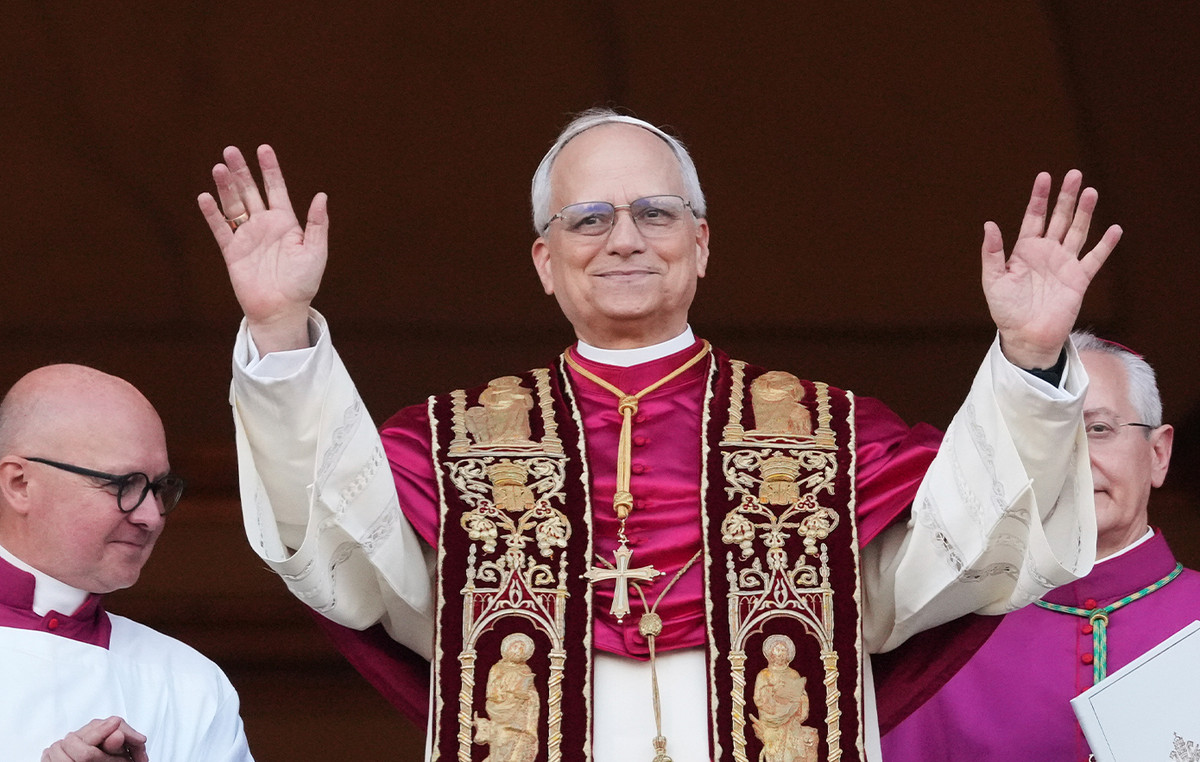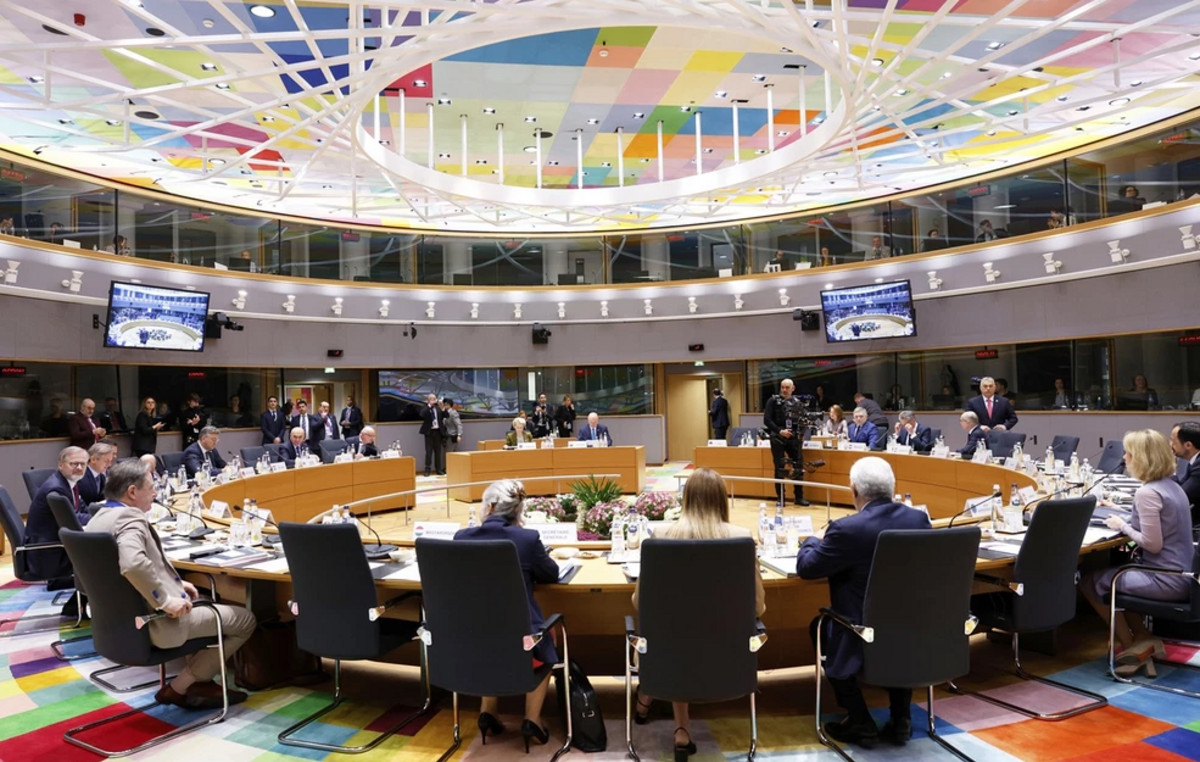- EUR/USD is trading a little higher on Tuesday after a sharp drop the previous day.
- Expectations that the Federal Reserve will cut interest rates in December are weighing on the US dollar.
- The Euro, meanwhile, faces pressure from political risk in France and similar expectations of rate cuts in December.
EUR/USD recovers on Tuesday, with a single Euro (EUR) buying around 1.0510 US Dollars (USD) at dawn on the east coast of America.
The US dollar (USD) is trading lower against the Euro (EUR) after several members of the US Federal Reserve (Fed) said on Monday that they thought the labor market and inflation were now in balance and As such, the Fed should continue to cut interest rates. Lower interest rates are negative for a currency as they reduce foreign capital flows.
Fed Governor Christopher Waller came closest to openly advocating a cut, after saying he was “leaning toward supporting a cut in December.”
This helped solidify expectations that the Fed will make a 25 basis point interest rate cut at its December policy meeting. The CME FedWatch tool puts the probability of such a move at 72.5% on Tuesday, up from around 65% before his comments.
If the Fed goes ahead with a rate cut at its Dec. 17-18 meeting, it would likely boost the stock market in time for the seasonal “Santa Rally,” when stocks tend to rise during the Christmas season.
In Europe, meanwhile, elevated political risk caps the Single Currency and caps gains for EUR/USD. Prime Minister Michel Barnier’s French government faces collapse after opposition parties rejected his budget plan and signed a no-confidence motion. If he is removed, it will be the first time a French government has been removed by such a vote since 1962.
The Euro is also facing pressure from growing expectations that the European Central Bank (ECB) will also cut interest rates in the Eurozone in December, and this, in turn, will likely limit gains for the pair.
On Tuesday, European Central Bank (ECB) board member Piero Cipollone said US tariffs could weaken the Eurozone economy, resulting in lower consumption and therefore less pressure about prices.
“All this together makes me think that we will have a reduction in growth but also a reduction in inflation,” he said.
Lower inflation would likely lead the ECB to cut interest rates more aggressively than currently expected, thus weakening the Euro.
His comments follow similar statements by ECB Governing Council member Martins Kazaks on Monday, who suggested he was in favor of making further cuts to Eurozone interest rates on Monday.
The key data for the EUR/USD pair this week will likely be US labor market metrics, including JOLTS job postings on Tuesday, initial and continuing jobless claims on Thursday, and Non-Farm Payrolls ( NFP) for November on Friday.
If the labor market data reflects a resilient employment situation, it will support the Dollar and drive EUR/USD lower. That said, the NFP data is likely to be lower than average given the negative impact of the recent hurricanes on the US economy.
However, recent US data paints a broadly positive growth picture for the country, with the US November Purchasing Managers’ Index (PMI) beating estimates and the Fed’s GDPNow Tracker Atlanta for the fourth quarter, targeting 3.2% growth – its highest level on record.
Source: Fx Street
I am Joshua Winder, a senior-level journalist and editor at World Stock Market. I specialize in covering news related to the stock market and economic trends. With more than 8 years of experience in this field, I have become an expert in financial reporting.







